General Performance Benchmarks
Testing and Performance
AIDA64 ENGINEER
AIDA64 has a set of several 64-bit benchmarks to measure how fast the computer performs various data processing tasks and mathematical calculations. Multi-threaded memory and cache benchmarks are available to analyze system RAM bandwidth and latency. Benchmark pages of AIDA64 Extreme provide several methods to measure system performance. These benchmarks are synthetic, so their results show only the theoretical maximum performance of the system. The AIDA64 suite has various benchmarks for CPU, FPU, GPU, storage and memory testing.
Memory Testing
The memory I used for testing is a 32 GB, 2 x 16 kit of G. Skill Trident Z 3200 MHz, CAS 14. The first part of the AIDA64 memory test is the latency test. The latency is measured in nanoseconds. With X.M.P profile #1 enabled, and the memory running at 3200 MHz, the latency was 53.9 nanoseconds. On the memory bandwidth test, the Trident Z kit I used scored 42825 on the read, 47315 on the write and 43748 on the copy. The L1, L2 and L3 cache bandwidth is measured in MB/s, or megabytes per second.
CPU Testing
CPU Queen is an integer benchmark that tests branch prediction and misprediction penalties. CPU PhotoWorxx tests the SIMD integer arithmetic execution units of the CPU and the memory subsystem. CPU ZLib is a compression benchmark that tests the combined CPU and memory performance. CPU AES is a multi-core encryption benchmark that uses Advanced Encryption Standard data encryption. CPU Hash is an integer benchmark that measures performance using SHA1 hashing algorithm. FPU Julia measures single precision FP, FPU Mandel measures double precision FP, FPU Sin Julia measures extended precision FP while FPU VP8 is a video compression test utilizing the FPU Julia fractal module. A quick side note, each processor was tested with different memory, running at different speeds. Since each system was different, it’s not a side by side comparison.
Cinebench R15
Based on MAXON’s award-winning animation software Cinema 4D, CINEBENCH is a real-world cross platform test suite that evaluates your computer’s performance capabilities. It has both the single thread and full performance test for your CPU, as well as an Open-GL test for your GPU. Cinebench R15 is one of the most widely used benchmarks used to test the performance. It puts the CPU under 100% load, but only for a very short time. Its gives a good baseline for your CPU. However, I wouldn’t use it for testing the stability of an overclock. I ran Cinebench with the CPU at stock and overclocked to 4.8 GHz. The chart shows side by side comparisons of the last 3 generations i7, the 6700k, 7700k and 8700k. Going from the 6700k to the 7700k, there wasn’t that much of a difference. However, there was a huge difference going from the 7700k to the 8700k. The biggest part in that is due to the additional 2 cores and 4 threads. The stock run gave me an overall score of 1355 cb with a single thread of 187 cb. When overclocked, the 8700k hit 1553 cb with a single core score of 208. The stock score of 1355 beats out the best score I ever got with a confidential 5930k. Running that 5930k at 4.7 GHz, the best Cinebench score I got was 1347.
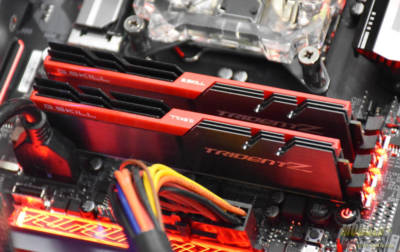
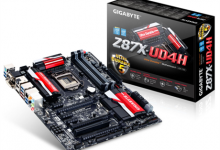
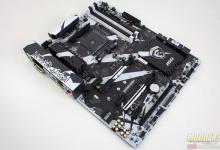
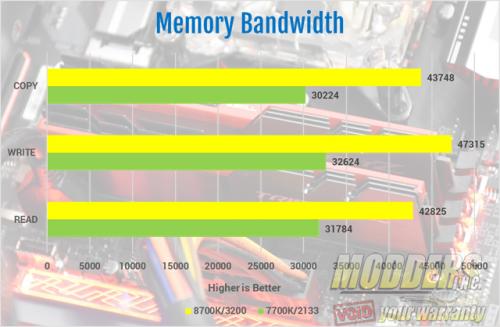
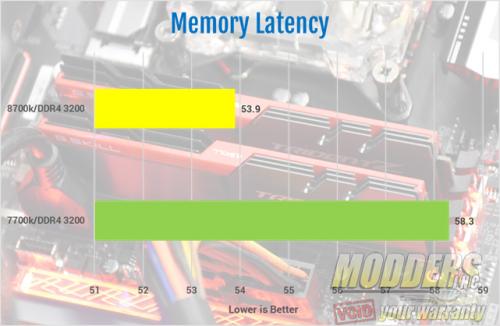
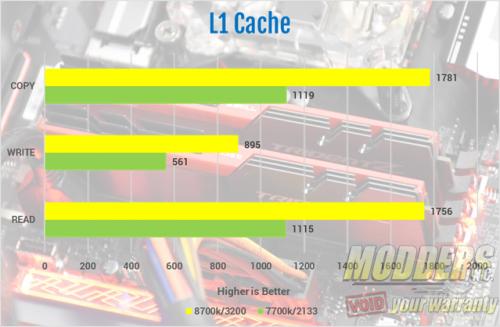
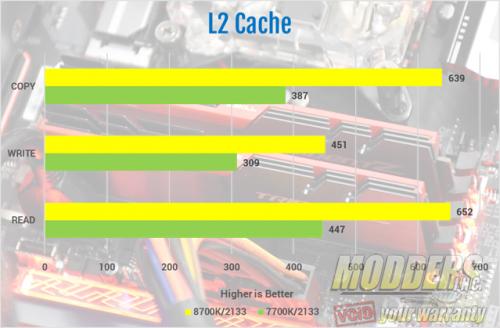
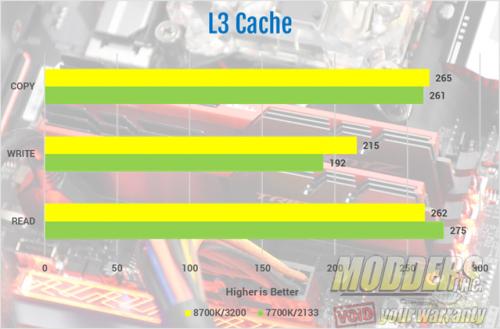
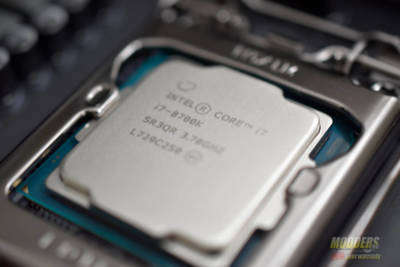
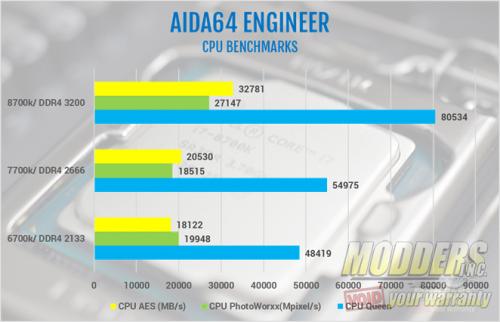
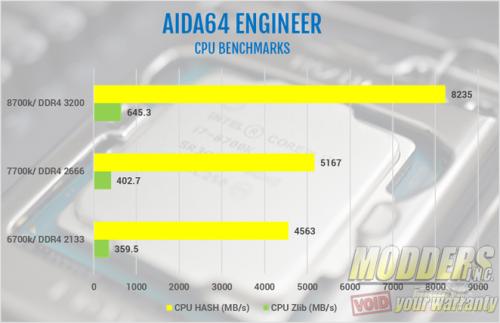
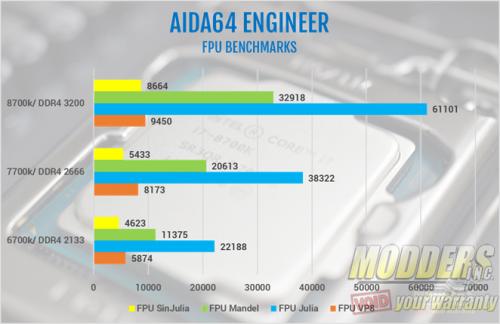

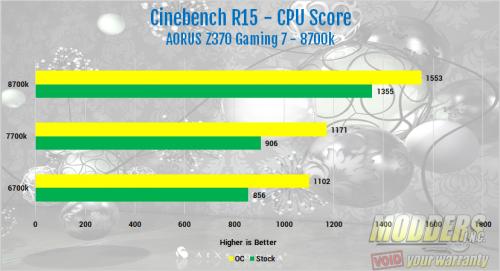
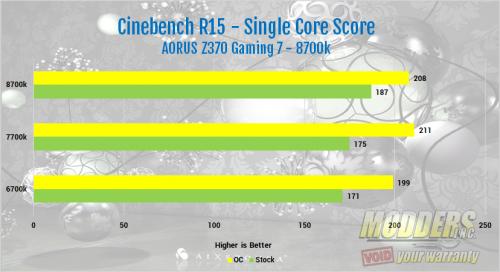
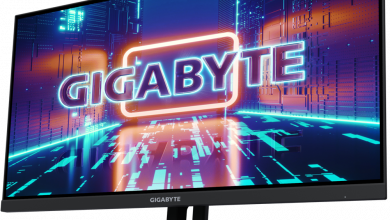
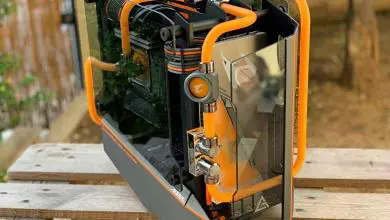
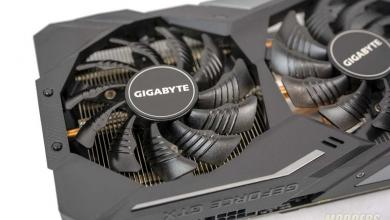
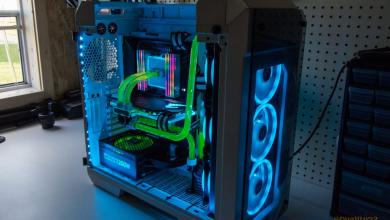
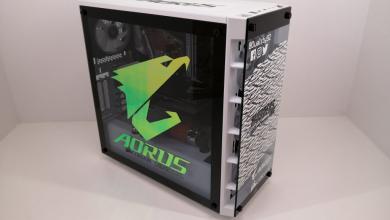
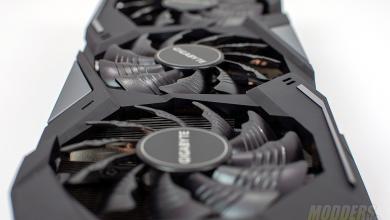

Good review Paul.
Nice looking board.